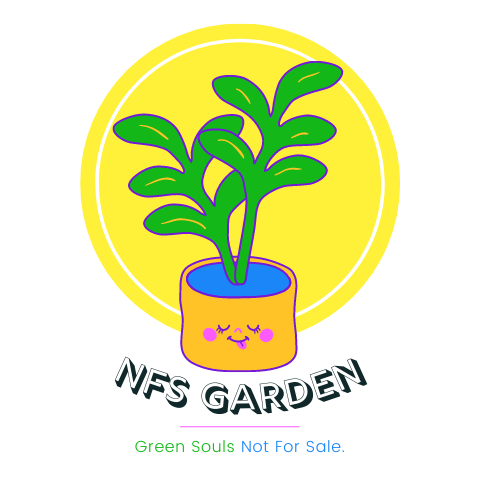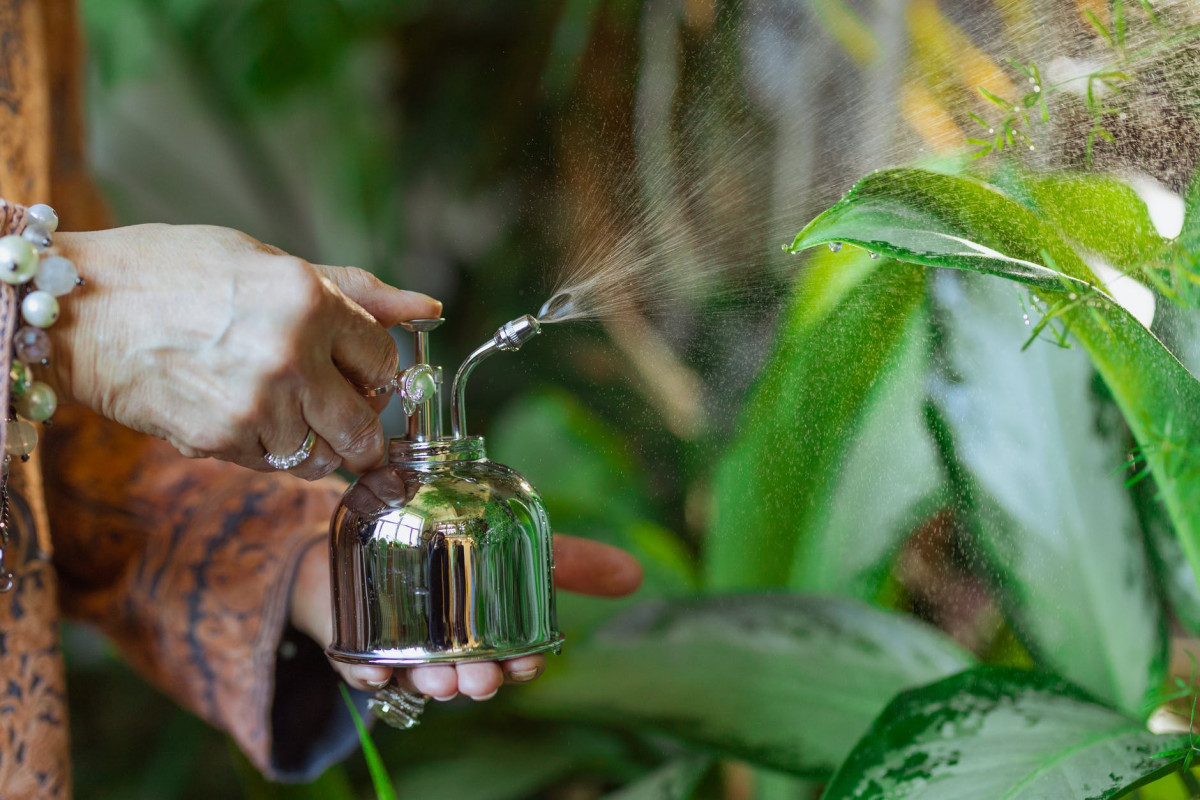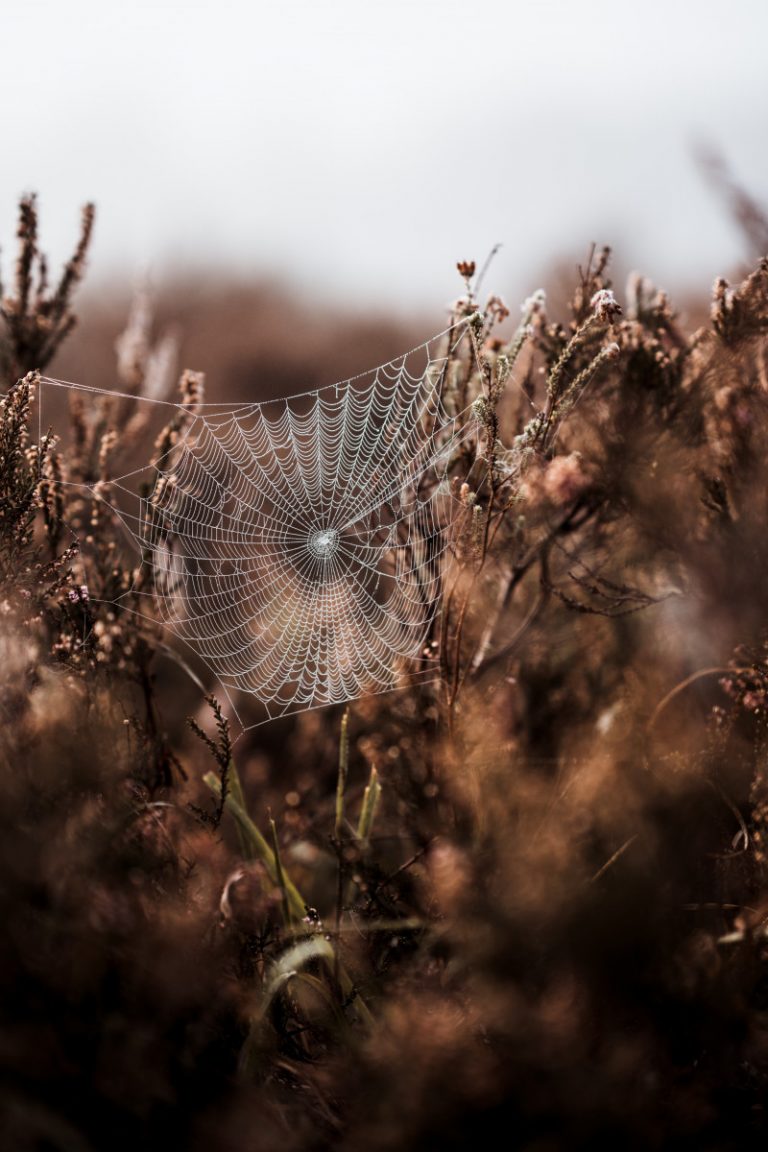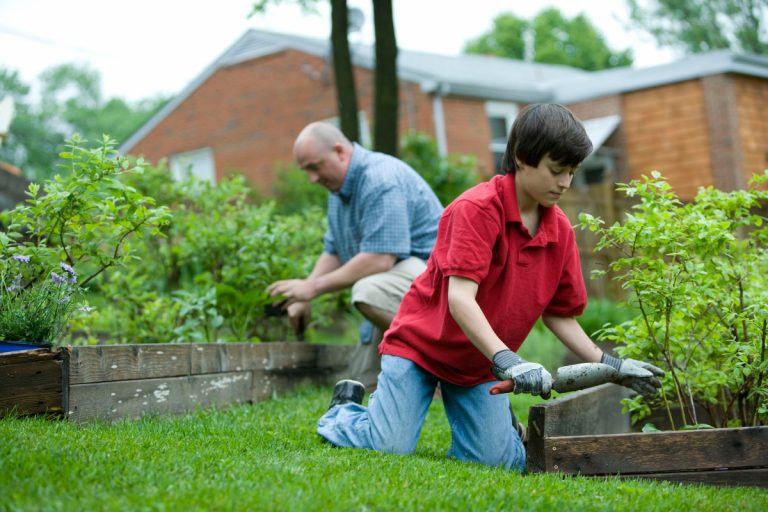All You Need To Know Before Your Garden Sprayer Purchase: The Essential And Convenient Plant Maintenance Tool FAQs 2022
Quick Navigation
What Is A Garden Sprayer?
A garden sprayer is one of the most helpful tools for gardeners since it can be used to disperse a broad variety of liquids, such as simple water or other chemicals (insecticides or herbicides). This kind of gadget is very easy to operate and is simply indispensable for plant upkeep.
Garden sprayers are classified into numerous types:
✅ Best Hand-held Sprayer
Great Spray -adjustable brass tip is extremely useful when it comes to managing the amount and force. The pump and brass tip glide very nicely as well.
Manual pump mechanisms, often known as ‘compression sprayers,’ are activated by applying pressure. The intensity of a squirt is determined by its pressure level. When there isn’t enough air in the sprayer, it will splatter less water. This sort of sprayer is quite inexpensive and is suited for modest tasks, particularly where more agility is required
Those who do not want to carry a huge water bottle in their hands can utilize this approach. Backpack sprayers are often outfitted with a pump and a lever. Your movements are constrained a little while using such a gadget, but it is portable.
People who have arthritis or back difficulties and are unable to move big goods might consider using this sort of sprayer. The device is simply moved around the garden — a huge container may be employed. Such a sprayer is unmaneuvrable and inconvenient when spraying low leaves.
These sprayers utilize electric power rather than collecting pressure to shoot water. They are adaptable and may be outfitted with a variety of accessories such as nozzles and hoses. A gasoline/electric sprayer, on the other hand, is more costly and heavier than its competitors.
What Are The Main Parts Of A Garden Sprayer?
In general, all garden sprayers are built in the same way, with the following features:
- A liquid tank;
- Hose for spraying;
- Hosehead that sprays water in different patterns;
- Pump system/electric motor.
Some garden hoses are linked to lawn hoses, allowing for an infinite supply of water.
How To Make A Perfect Garden Sprayer Purchase?
A few crucial factors should be considered while choosing the finest lawn sprayer. It should be noted that pricing should not be the most significant consideration – the great majority of models are reasonable but offer varying degrees of convenience in certain instances.
- Maintenance
Garden sprayers don’t take much upkeep, but since you’ll be working with water and liquid chemicals, you’ll need to clean the water sprayer on a regular basis. Check that it can be readily dismantled and cleaned. Nozzles and accessories should also be simple to clean. Don’t forget that sprayers should include a filter to prevent debris from collecting in the nozzle and wand.
- Tank Capacity
You have a vast garden? Then choose a model with a water tank size of 3-5 gallons, and you won’t have to replace it as often. A tiny garden sprayer with a tank size of 1-2 gallons will suffice for a small area.
If you have back difficulties or other health conditions that prohibit you from doing heavy lifting, you should either get a 1 gal garden sprayer or switch to a wheeled sprayer.
- Flexibility
If you want a water sprayer with more features, you may pick a model with a variety of nozzles. You will be able to employ several spraying modes and tweak the pattern to get the best results. Check if the sprayer is simple to build and dismantle.
- Materials
The great majority of garden sprayers are manufactured of plastic since it is lightweight and corrosion-resistant. However, many kinds of plastic exist: the thicker the plastic, the better. To prevent corrosion, the nozzle should be constructed of stainless steel or brass.
Interesting Facts About Garden Sprayers
- A garden sprayer is equally efficient for watering delicate plants like a bonsai tree, and yet can be used to kill weeds and other wild plants spoiling your garden.
- Brass elements have a high level of resistance to harsh chemicals – they tend to be stronger than many other metals.
- In pest control and industrial cleaning, people mostly use a garden pump sprayer with wands and hoses – they allow for better precision.
- Ha
- A garden sprayer is as effective for watering delicate plants like a bonsai tree as it is for killing weeds and other invasive species in your yard.
- Brass elements are resistant to severe chemicals and are often stronger than many other metals.
- Garden pump sprayers with wands and hoses are often used in pest control and industrial cleaning because they allow for more accuracy.
- Hardened stainless steel nozzles typically last 10-15 times longer than aluminum nozzles and are 3.6 times more expensive.
- Insecticides should be cleaned from the sprayer using powder detergent, whereas hormone herbicides should be removed with washing soda or household ammonia.
How To Get Maximum Benefit Out Of Your Garden Sprayer?
How can you get the most out of your device? Here are a few user-friendly tips:
- Garden sprayer components should be cleaned thoroughly to avoid corrosion and pesticide mixing. The crop may be harmed if the chemicals cross-contaminate. Pesticide residue from the following spraying might have negative consequences.
- Wear protective glasses and work gloves whenever you apply chemical pesticides or fertilizers. Shoes should be closed to prevent the toes from injury. Wear a long-sleeved shirt to protect your skin from chemical exposure.
- To prevent chemical exposure, keep the sprayer hidden away from children and animals to make your home pet friendly.
- You should ideally have two garden sprayers: one for water and one for chemical solutions. A wheeled sprayer should be utilized if you have a flat garden landscape. When it comes to rough terrain, backpack sprayers are the way to go.
- Check the nozzle for obstruction on a regular basis to ensure that no particles are obstructing the water flow.
- Spraying in wet or rainy weather is not recommended since the moisture and droplets dilute the water and diminish the action of the fertilizer or insecticide.
What Is The Best Pull Behind Sprayer?
If you want to purchase an Amazon garden sprayer for commercial usage or a big garden, look into North Star or John Deere products. They have shown to be effective and long-lasting.
How Far Can A Pump Sprayer Spray?
It is determined by the mechanism. A huge electric sprayer can reach the length of the stream up to 50 feet, but a tiny hand pump sprayer only covers around 15-20 feet.
How To Clean A Garden Sprayer?
It is essential to clean a lawn sprayer on a regular basis to avoid chemical contamination and unit degradation. Disassemble the sprayer and dispose of any substances inside before cleaning it. Unscrew the cap and nozzle and wash them under running water. For hormone pesticides, use washing soda, fine-activated charcoal, or powder detergent to eliminate chemical residue. Fungicides should be used with powder detergent. In certain quantities, these components are diluted in water.
When the pump and water tank are clean, dry them well and store the lawn sprayer in a dry location.
How To Remove Sprayer From Garden Hose?
To begin, turn off the water supply. Drain the water from the hose sprayer. Put the pliers on the sprayer’s base. Rotate the sprayer counterclockwise while holding the hose end fitting. Unscrew and loosen the hose. You may also use a hammer to tap the sprayer base to remove any rust that has adhered pieces together. If it doesn’t work, try applying heat to the hose end fitting. Alternatively, a petroleum-based lubricant might assist you in unscrewing the fitting.
How Does A Pressurized Garden Sprayer Work?
A garden sprayer captures compressed air within a plastic container and directs liquids via a wand or hose. The pressure level is determined by the mechanism and the size of the unit. The finest pump sprayer, for example, can achieve a pressure of 150 PSI.
How To Stain A Fence With A Pump Sprayer?
Fill a garden sprayer halfway with a coloring solution. Begin from the top and work your way down the fence. Keep the sprayer approximately 10 inches away from the colored surface. Move down and up each board with a steady stroke.
How To Fill A Garden Sprayer?
Unscrew the water tank’s tap. Then add water, followed by insecticides or fertilizers. You may weigh them in a different container. Screw the cap down tightly to secure it. Pump the plunger until you encounter resistance. For a continuous stroke, press the lever.
===> Find Even More Related Good Ideas ===>
Other Garden Enthusiast Are Reading:
✅ Trending
- The 10 Best Roach Killers Reviewed 2022: Get Rid Of The Nasty Bugs Safely And Efficiently With The Tool Of Your Choice
- Best Tips On Herbicides Usage And Selection – All You Need To Know Before Application FAQs 2022
- Top 10 Garden Sprayer Reviewed For Pros And All 2022: Find Your Best Fit And Maintain Your Garden At Ease
✅ Outdoor Garden Design And Tips
- How To Deal With Overpopulation Of Koi Fish Ponds: Guide To Spot Breeding Season And Be Prepared 2022
- Why You Must Properly Fledge Parrots: The Importance And Benefits Of Fledging Young Parrots 2022
- What Is A Backyard Natural Swimming Pool?
✅ Indoor Design And Tips
- The Best Bed Bug Killer Spray 2022- Permanently And Quickly Get Rid Of Pest
- How To Select The Right Roman Blinds For Your Home: Your Perfect Interior Curtain Guide 2022
- Beginner’s Guide to Indoor Grow Box Before Purchase: Sustainable Cultivation Secrets at Home or in Office FAQs 2022
✅ Even More Great Products
- Get To Know Your Leaf Blower: The Ultimate Guide To Keeping Your Lawn, Yard And Garden Clean 2022
- 15 Facts You Need To Know About Outdoor Solar Lights for Your Garden: The Essential Guide 2022
- 10 Best Portable Hot Tub Reviewed 2022: Enjoy Inflatable SPA Procedures Right At Home
✅ Sustainable Lifestyle Products And Tips








